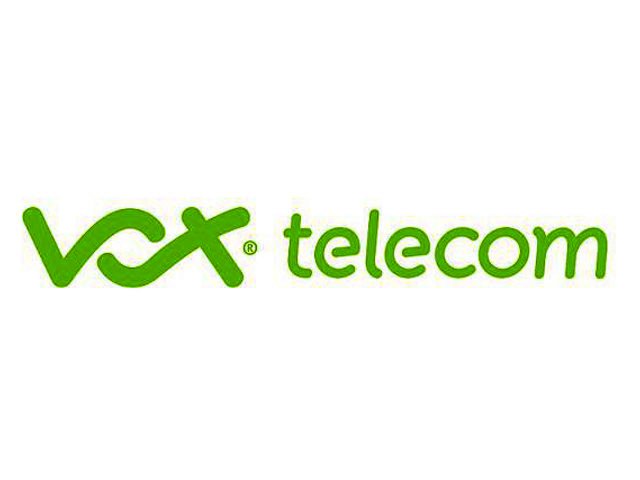By Barry Kemp, Technical Head of Managed IT at Vox Telecom
As a small business owner, there are many things to juggle in order to keep your business running and often a vast majority of these are not core functions. IT for most businesses is one of the most critical functions and, few can afford downtime, data breaches and a myriad of things that could go wrong without proper management.
Managed IT services offer a viable alternative to a single internal resource for SMEs, with a number of obvious benefits. For small businesses (15 users or more), managed IT services deliver greater cost efficiencies, than a single internal resource, while at the same time providing access to a team of professionals from junior to senior level, who are always available (something you could never afford internally).
One size does not fit all
Small business needs are very different from large corporates, as are the resources. Small businesses feel a bigger impact financially, and are proportionately more affected by downtime, and therefore need to be much more agile. More support, with tighter budgets make managed IT services ideal, providing the specific resources required, at a price that small businesses can afford.
What to look for
The biggest mistake SMEs make when choosing an IT partner, is outsourcing to one man bands. Many companies do this in their startup phase, when their IT infrastructure is fairly simple, and they get by with just one person initially. What often happens, as the company grows, so too do the IT demands and soon a single resource can no longer support the business.
Another mistake to avoid, is choosing on the basis of price alone. When looking at price, some service providers may charge more than others, but you may find they offer more support.
Here are some ideas of what you need to look for in a managed IT partner:
- The company should have a team of people that can provide a broad spectrum of services - look for a one stop solution, a company that can service all your needs
- They should be very familiar with prevailing technologies
- Various certifications to back up what they are offering
- A track record with experience in similar vertical industries, in depth experience serving your specific needs
- Check if they provide a monthly service level agreement (SLA), to ensure you receive a full suite of services without discrepancies
Where to start
The best option is to have a single managed IT services partner, but if budget is a concern, start out with the basics and evolve to a fully managed service based on business growth. Essential services should be the maintenance of computers, email and company website.
Some tips on budgeting for IT management
- Compare IT companies offering the same suite of IT management - check the costs of what other companies are charging vs. what they are offering. You get what you pay for, so make sure you compare service offering and price
- Opting for remote support as opposed to onsite support is one way to cut the costs. Support will be provided via remote access to your computer, and if a technician is required on site, you pay a call out fee, and an hourly rate depending on what they do
- When comparing month to month services, most times the hourly rate costs more than a fixed SLA
- Look into a rental option, which is a very affordable option for SMEs in the context of managed IT and ensure you always have access to the latest technology. You don’t need the capital for hardware such as laptops, desktops, printers, PBX - and it’s all fully taken care of by your managed IT service.





